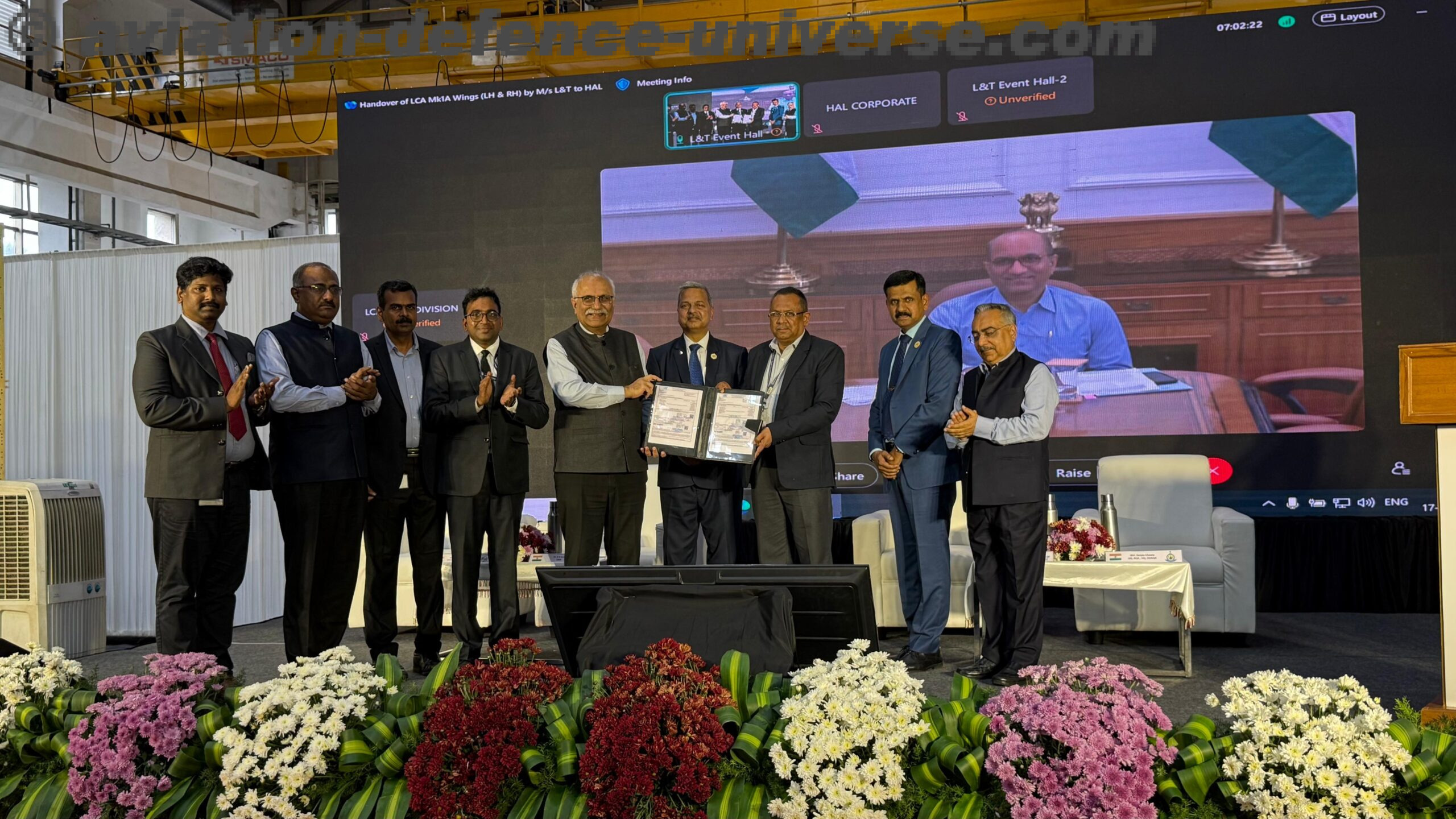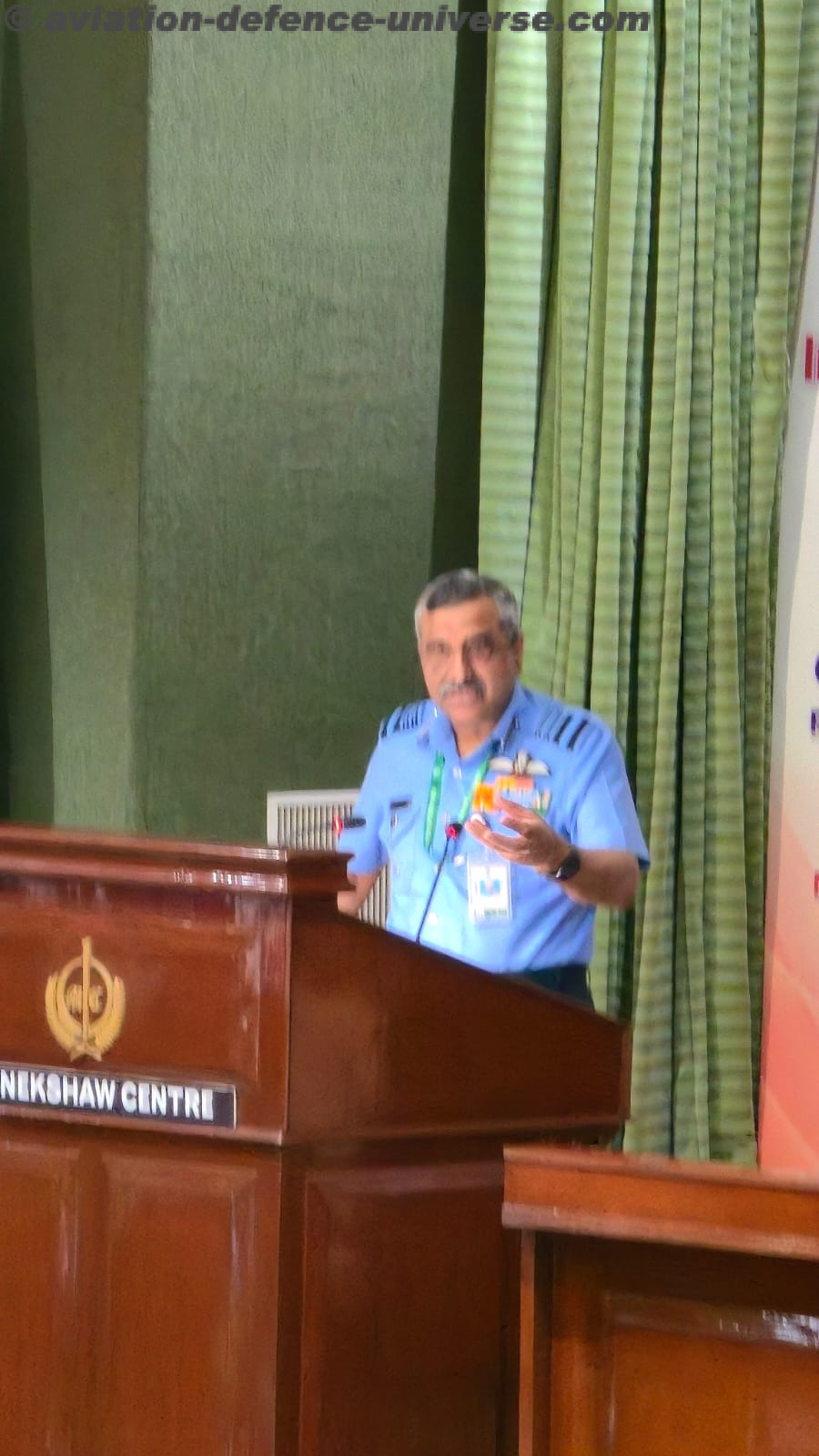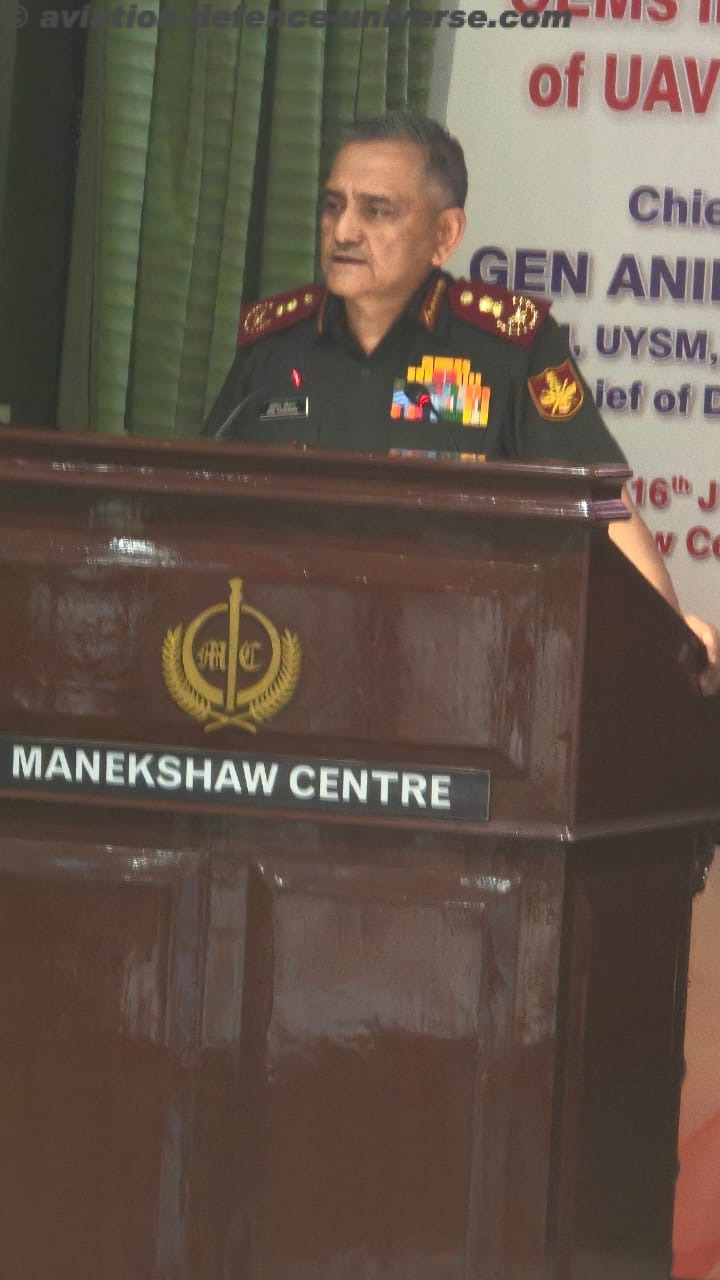By Commodore Anil Jai Singh, IN (Retd.)
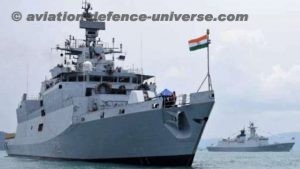
New Delhi. 03 December 2020. On 04 December every year, the nation celebrates Navy Day. On this day 49 years ago, the Indian Navy sank three Pakistani Navy warships and damaged the oil tanks in Karachi harbour with a brilliantly planned and daringly executed missile attack which took the enemy completely by surprise. Three days later, a repeat attack inflicted even more damage. The Indian Navy’s domination at sea continued for the remainder of that war on both the western and eastern seaboards. It not only countered the Pakistan Navy in the west but the Battle Group led by the aircraft carrier INS Vikrant established sea control as well as air superiority in the east and severely decapacitated the Pakistani war effort while paying scant regard to the threat of the US Seventh Fleet led by the nuclear powered aircraft carrier USS Enterprise steaming into the Bay of Bengal in support of the enemy.
The 1971 war was indeed the coming of age of the Navy as a battle hardened professional force capable of shaping the outcome in the battlespace. It had played a limited role in the liberation of Gao in 1961; there was no maritime encounter in the 1962 war with China and it was given a limited defensive role in the 1965 Indo-Pak war. The lack of adequate understanding of a navy’s capability in the corridors of power in New Delhi had therefore left it smarting. The 1971 war changed all that . Since then the navy has been on an upward trajectory and is now the premier element in projecting India’s power, safeguarding its territorial integrity, securing its strategic maritime area of interest and defending the country’s global interests. It is the principal instrument in delivering on India’s foreign policy outreach as a net security provider in the Indian Ocean and is at the forefront in addressing the multitude of traditional and non-traditional transnational threats that plague this region.

It is to the everlasting credit of the vision of the naval planners who from the time of independence itself, has envisioned a blue water role for the Indian Navy despite the ravages of partition and a force level of only 37 ships with just a few sloops and mainly comprising coastal defence boats. The very first naval force level plan approved in 1948, just one year after independence included three aircraft carriers – it is indeed ironical that the IN till today has never had three carriers and if the present arguments on carrier capability prevail, it is unlikely to get one in the foreseeable future.
However, that notwithstanding, the Indian Navy is structured as a multi-dimension blue water force with a balanced mix of capability in the air, on the surface, below the waves and increasingly in the cyber and space domains as well. It is successfully harnessing emerging and disruptive technologies with a focus on autonomous capability, networked information sharing , artificial intelligence, predictive analysis as force multipliers to enhance its maritime domain awareness as well as its ability to deliver decisive effect.
The Indian Navy presently has about 140 ships in commission. At his Navy Day press conference in 2019, the Chief of the Naval Staff, Admiral Karambir Singh had mentioned a 175 ship navy by 2032. This number was far more modest than his predecessor’s aspiration of a 200 ship navy by 2027, articulated just two years previous to that and reflected the lack of adequate support the navy has been getting over the last few years with inadequate budgetary allocation, an inefficient shipbuilding eco- system, bureaucratic delays in decision making and inadequate political traction. This indifference is surprising, to say the very least and a very sorry commentary on the understanding of national security considering that this was one of the pillars of the present government’s election manifesto when it came to power in 2014 and continues to get the due lip service from the national leadership. In the last six years this government has been on overdrive in engaging with the world. It has developed ‘comprehensive strategic partnerships’ with most of the countries in the region and even beyond. These partnerships have strong security underpinnings and in the distinctly maritime orientation of the Indo-Pacific and the importance of the oceans , a credible naval capability is essential for India to walk the talk.
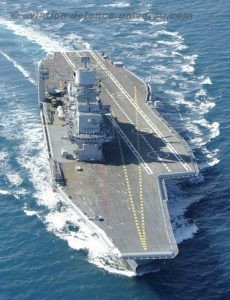
Around the turn of the century when the geopolitical contours in this region began to emerge with the importance of the maritime domain becoming distinctly discernible, the need to align the Indian Navy’s force development planning with India’s larger role in the region and its pre-eminent status in the Indian Ocean led to a shift from threat based force level planning to a capability-based one and to reverse the 30:70 big ship to small ship ratio to a more equal force mix with the focus on blue water capability.
Conservative planning was based on a defence budget of around 2.5% of the GDP ( expected to grow about 5-7% annually) and a progressive increase in the navy’s its share from about 14% to about 18-20% of thr def4nce budget. It emphasised indigenisation based on the existing ship building and industrial capacity in the defence sector which was considerably modest and expected to grow. The navy’s long term perspective plan, the infrastructure plan, the 15-year shipbuilding plan and the 30 year indigenous submarine construction plan were predicated on these assumptions towards optimal utilisation of the budgetary resources into developing a navy commensurate with India’s regional and global aspirations. The government was on board with these plans and these were duly approved by the Cabinet Committee on Security (CCS).
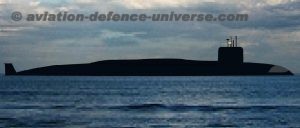
In the 20 years since then, the rise of China has shifted the global geopolitical centre of gravity distinctly and irreversibly eastward. In the next ten years or so, the great game for global supremacy will be played out in the waters of the Indo-Pacific with its distinct maritime orientation. As the pre-eminent power in the Indian Ocean with its pivotal location, India will be central to the outcomes in the region ; whether it will shape them or be shaped by them will depend primarily on its ability to project its comprehensive national power across the political, economic and security domains. From a security perspective, the navy has a clearly defined role in securing India’s and the region’s interests in the ‘Indo’ of the Indo-Pacific and contain China’s attempts to re-orient the existing status quo and reshape the existing international order with ‘Chinese characteristics’.
Till the present government came to power, the navy’s share of the defence budget had been increasing slowly but surely and had reached an encouraging figure of over 17% which , though not ideal, was adequate to meet the navy’s requirement. Deft financial management by the navy allowed more money to be allocated to the capital stream vis-a-vis the revenue stream. However, in the last six years this share has once again plummeted to about 14% and comnbined with the overall reductio in the def4nce budget has led to a situation where it is inadequate for future requirements and is also affecting the navy’s current operational commitments. The table below highlights the force levels of major war vessels in the Indian Navy since the turn of the century and guesstimates of the likely numbers by the end of 2030 based on the shipbuilding programmes either underway or at an advance stage of planning. It clearly brings out two glaring fact. Firstly, the intended big ship : small ship ratio will remain more or less the same – infact it may get further skewed towards small ships and secondly, value addition in terms of the numbers, capability and vintage will be negligible, if at all there is any. What is however alarming is the widening deficit in critical capabilities that will have a long term impact on India’s combat preparedness.
Aircraft Carriers.
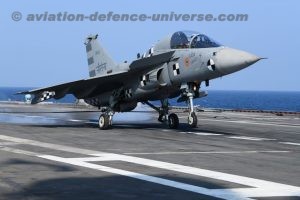
India’s aircraft carrier programme has always been contentious with well-informed discussion and debate on the one hand and parochial prejudices and sheer ignorance on the other. At the turn of this century when the indigenous aircraft carrier programme, which had many ups and downs since it was first envisaged in the late 1970s seemed to heading for approval, a flurry of articles in the mainstream media questioned its relevance vis-à-vis land- based air power delivered by the air force. Fortunately, good sense prevailed; the first indigenously built aircraft carrier is more or less complete and is undergoing basin trials in Cochin Shipyard. The navy’s plan for the second indigenous aircraft carrier has reignited the debate about its requirement with the same unfounded arguments that were heard two decades ago.
The fundamental argument that the navy ‘wants’ three aircraft carriers is inherently flawed. It does not want but it ‘needs’ three aircraft carriers if it is expected to project India’s power and defend its interests commensurate with India’s aspirations as a regional and aspiring global power. However, if the country is content being a bit player in the region then the navy can be accordingly structured as a green water force. It is unfortunate that this babble of ignorance of India’s aircraft carrier requirement is also being echoed by people in the highest positions in the government including those in uniform like the CDS who, one would expect would be better informed on strategic national security imperatives.
Submarines
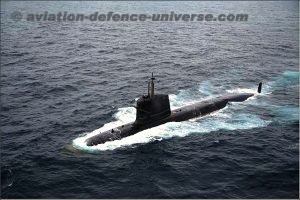
There are three basic types of submarines – the large nuclear powered ballistic missile armed (SSBN), the nuclear powered conventionally armed with cruise missiles(SSN) and the conventional diesel-electric powered ones (SSK). SSBNs are the most potent and most credible ballistic missile delivery platforms – for a first strike, but more importantly for deterrence and an invulnerable second strike capability. India became the sixth nation to join this exclusive club with the commissioning of INS Arihant and its first successful deterrence patrol in 2018. Presently, the second SSBN is undergoing advanced sea trials and it is understood that there will be a total of five. By 2030 one can reasonably expect four of these to be in commission which would provide a continuous deterrence at sea capability which is an essential pre-requisite for effective deterrence and credible second strike.
SSNs are an integral part of a blue water navy. With their high speeds and unlimited endurance, they provide a potent attack capability and not only have the ability to shape the maritime battlespace but can also influence the outcome on land with their land attack cruise missiles. India presently has a SSN on a 10 year lease from Russia which is due for return in 2022 and another Akula-2 is expected to be leased for 10 years from 2025. A plan for six indigenously designed and built SSNs has been approved by the government but will take at least a decade and a half if not more to translate into an actual platform at sea.
India’s SSK acquisition programme has been a bit of a roller coaster ride. In 2000 the IN had 18 SSKs of which 14 were modern platforms with contemporary technology including a missile firing SSK. Anticipating the need for timely replacements and the imperative of indigenous capability, the 30 Year Plan for indigenous submarine construction was approved by the CCS in 1999. However, this plan has run into rough weather with interminable delays as a consequence of which the SSK capability has suffered qualitatively and quantitatively. By 2010, the SSK force had reduced from 18 to 14 with the decommissioning of four old Foxtrot class submarines. This dismal story has continued and at the end of 2020 the number remains the same with just two new Scorpene submarines getting commissioned while the remainder are between 20 and 35 years old with a few being modernised to avoid an unacceptable decline in numbers. By 2030, the situation is unlikely to improve ; all six Scorpenes will be in service but all eight refurbished submarines plus one odd older boat will be nearing the end of their service life. The lack of an AIP and a long-range tube launched missile on the Scorpenes will be a serious constraint in the maritime battlespace of 2030. Project 75(I), the next programme is still in the early stages and is mired in the complex Strategic Partnership acquisition model; the first submarine is unlikely to enter service before 2032 or so.
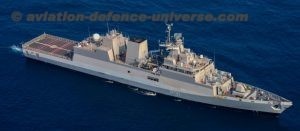
Destroyers
The Indian Navy acquired five Kashin class destroyers from the former Soviet Union between 1980 and 1990, four of which are still in commission and in fine operational fettle. The navy embarked on an ambitious indigenous destroyer programme called Project 15 ( three Delhi class) followed by Project 15A (three Kolkatta class) and Project 15B ( four under construction). By 2030 the four Project 15B would have replaced the four Kashins. The destroyer tally would therefore remain at 10 as would their relative vintage and capability.
Frigates.
Frigates constitute the workhorse of any navy and the Indian Navy is no different. There has been a small increase in the frigate numbers in the last two decades and a substantial increase to 20 frigates by 2030 with the addition of at least five of the seven Type 15A frigates and four Type 1135.6 frigates (two from Russia and two built indigenously) would enhance the navy’s ability to deploy more ships to expand its footprint in the region of its interest.
ASW Corvettes.
The commissioning of four ASW corvettes (Type 28) in the last five years to counter the submarine threat is a welcome addition to the IN’s combat capability. The last of the earlier corvettes, the Russian Petya class had been decommissioned before 2010.
Missile Corvettes.
The Navy added four indigenously built missile corvettes in the ‘90s and added four more in the early 2000s. These may reduce to five by 2030. A follow on programme called the Next Generation Missile Vessel is on the anvil but construction is yet to commence.
Amphibious capability
The Indian Navy’s limited amphibious capability is set to shrink further with the likely decommissioning of its single LPD, all LST(M)s, two LST(L)s and the cancellation of the four LPD programme. The cancellation of the LPD programme after more than a decade of debate and discussion is a reflection of all that is wrong with the procurement system and its adverse effect on combat capability. It is understood that a fresh start will be made with the requirement reduced to two because of budgetary constraints. Hence the steady decline over the years is set to worsen in this decade. By 2030 the navy would be left with just three LST(L)s. This is an unacceptable reduction in the country’s amphibius and expeditionary capacity given the increasing strategic importance of the island territories, the emerging threat in our strategic neighbourhood, the vulnerability of the small island states and the IN’s role as a net security provider against the numerous traditional and non-traditional transnational challenges affecting this region. It will also adversely affect India’s ability to be the first responder in providing Humanitarian Assistance and Disaster Relief (HADR) across the length and breadth of the Indian Ocean.
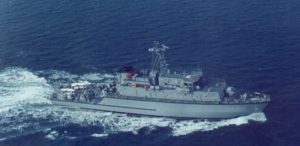
Mine Counter Measure Vessels (MCMV)
The shallow waters around our coasts, the proximity of an inimical neighbour and the vulnerability of critical offshore installations in shallow waters highlights the importance of an effective mine counter measure capability. Mines are a lethal and cost-effective weapon effective in narrow and shallow waters and their increasing smartness has enhanced their lethality. The IN has always had a reasonably sized MCMV capability and till a few years ago had a satisfactory force level of 12 MCMVs. Recognising the need for replacements and the likely technological trends in mine development, the navy decided upon a requirement which after many ups and downs has been brought to naught by the MoD bureaucracy. Despite a very clear and present threat, the Navy does not have a single MCMV. Even in a best case scenario, the navy would have at best a couple of MCMVs by 2030 though presently that too seems unlikely. This is a glaring and alarming deficit but the MoD is showing no sense of urgency in accelerating the process. In the meantime, budgetary constraints have led the Navy to reduce the requirement from 12 to 8.
Underway Replenishment
An inadequate underway replenishment capability can cripple Fleet operation. The navy for long was content with just two Fleet tankers. The expanding role of the Navy highlighted the need for more. In the last decade two more were acquired from Italy thus enabling greater flexibility in operational deployments. It is understood that another five Fleet Support Ships have been ordered, of which one anticipates that at least two or three should be in service within the next few years thus providing the navy an adequate replenishment capability.
Small Ships.
There are numerous small ships specialising in various roles, which make up the numbers and are equally important but cannot be classified as blue water platforms due to their range and endurance limitations and the nature of their role. However, their capability in littoral waters make them integral to a blue water force structure. Hence these have not been included here.
The analysis above clearly highlights the inadequate attention being accorded to naval capability enhancement and the indifference towards critical capability gaps becoming increasingly evident despite the global focus being in the maritime domain.
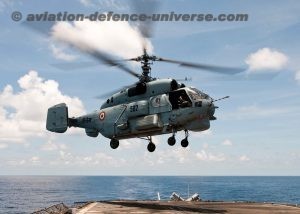
India’s two main adversaries, China and Pakistan are on a naval expansion spree; while China already has the largest navy in the world by numbers, it is adding both capacity and capability at a rapid pace and is commissioning around 20 major war vessels every year. Pakistan is also being armed by China with eight additional submarines and four Type 052 destroyers. Hence capability and capacity deficits is something India can ill-afford and the glaring deficiencies in some areas could directly impact India’s combat capability in more ways than one.
Conclusion
The emerging regional geopolitical architecture highlights India’s centrality in the Indo-Pacific. It is an emerging regional power and aspires to sit at the global top table. However, its indifference towards developing the capability to project that power is inexplicable. The constraints on the navy’s present and future capability and capacity due to inadequate budgetary allocations is further aggravated by an inefficient procurement eco-system driven primarily by the Ministry of Defence. It is time for the government to take notice of the warning signs and apply an adequate id course correction lest the The government must take notice of the warning signs and take immediate steps to address the widening deficit lest the situation becomes irretrievable.
(Commodore Anil Jai Singh (Retd.) is a veteran submariner and the Vice President of the Indian Maritime Foundation. He is keenly interested in matters maritime and speaks and writes on the subject in India and abroad. The views expressed are personal. He can be contacted on editor.adu@gmail.com )












